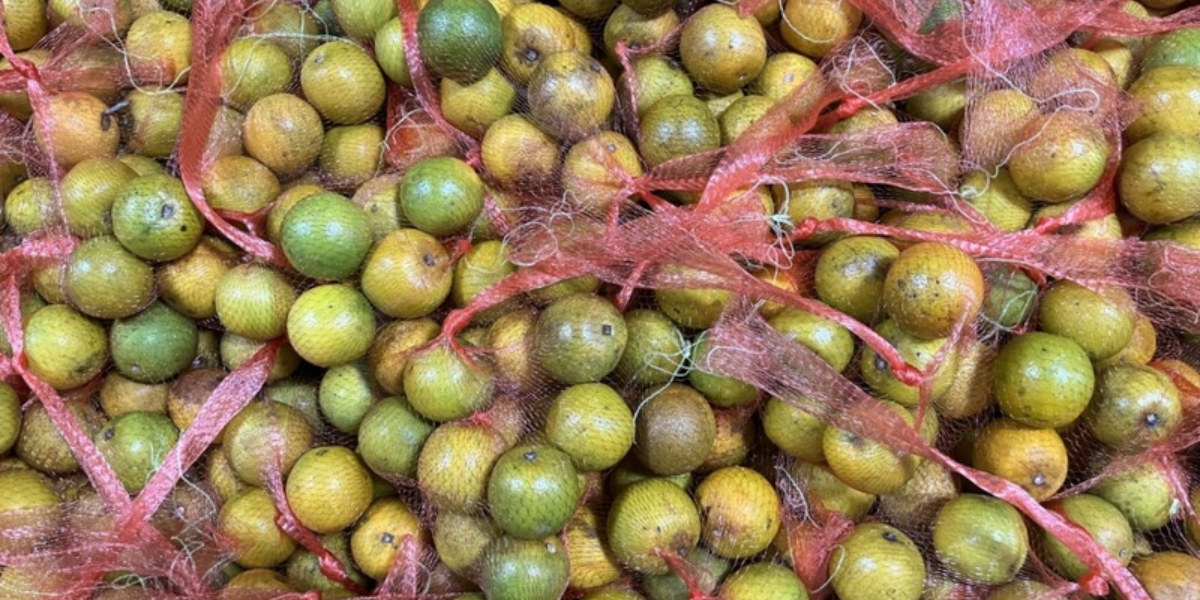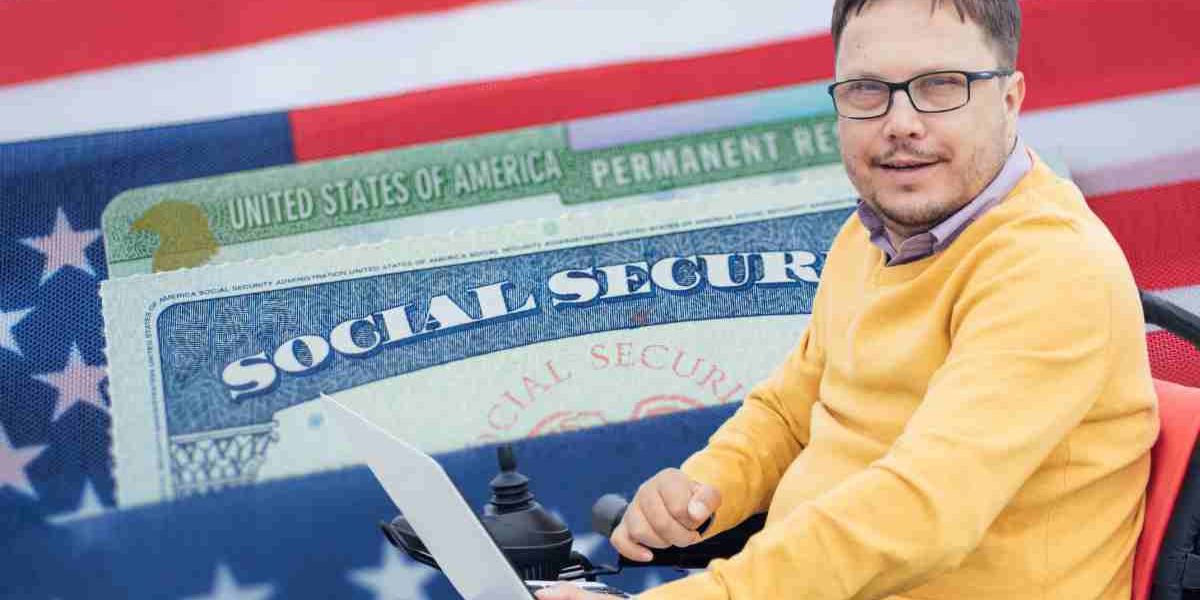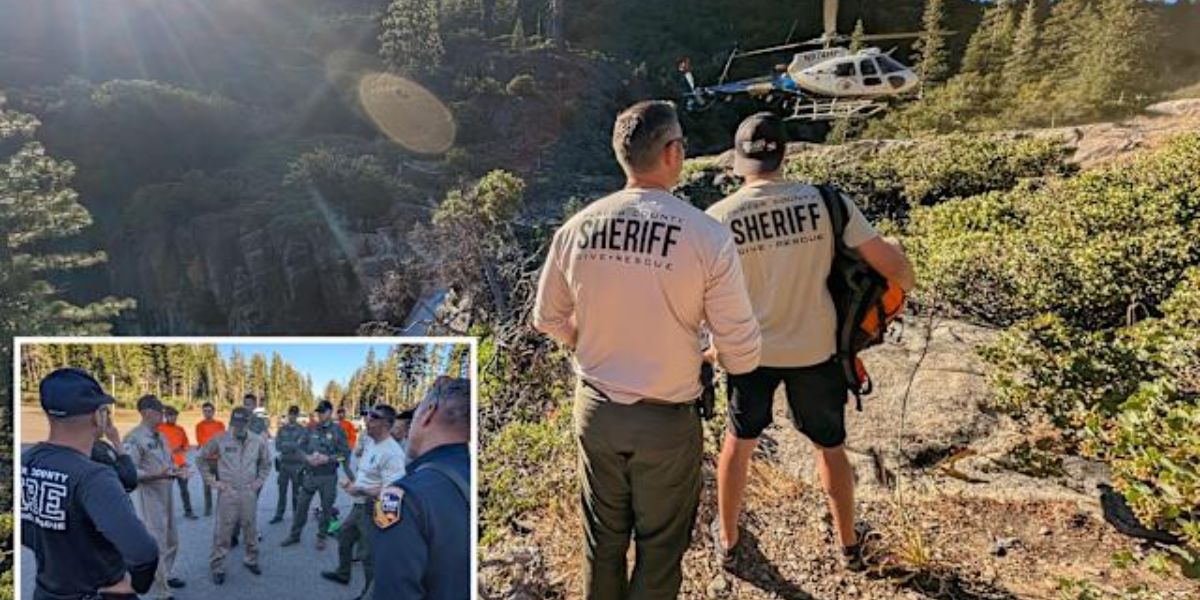The Cabinet for Health and Family Services says that in June 2025, the Supplemental Nutrition Assistance Program helped almost 600,000 people in Kentucky buy food.
The SNAP program, on the other hand, may not have a future after Congress passed the One Big Beautiful Bill Act, a broad and controversial tax and spending plan.
Trump says he is not cutting SNAP, but Robin Kunkel, outreach coordinator for the Kentucky Equal Justice Center, says the new law makes “effectively still a ton of cuts through other changes.”
She said that the changes to SNAP in the big budget bill could be a “huge hit to hungry people” in Kentucky because a lot fewer people will be able to get food stamps.
Melissa McDonald, executive director of Feeding Kentucky, a statewide network of seven food banks, says that Kentucky would have to spend an extra $250 million a year to make up for the gaps caused by the changes that Congress approved.
At a meeting of Kentucky’s Make America Healthy Again task group on July 10, Roger McCann, who is in charge of the state’s Division of Family Support, said that people in Kentucky got about $96 million in SNAP benefits in June. All of those dollars came from the federal government, and most of them went to kids younger than 18.
What’s at stake? Child welfare, education and more.
The July MAHA meeting heard that SNAP and food access in general are linked in a way that impacts poverty, kid health, economic growth, and other things.
Commissioner for the Department for Community Based Services, Lesa Dennis, said that abuse and poverty are at the root of about 70% of all Child Protective Services cases. She said that hunger makes families fight and makes the home less stable.
She said, “We know that being poor is not lack of care.” “Just because someone is poor doesn’t mean they are neglectful. But when we see unmet needs, like families going hungry because they can’t get food, we see the risk of abuse and neglect rise.”
The recent budget bill that Congress passed without any Democratic votes cuts federal funds for SNAP Ed, which is run by the University of Kentucky and teaches families how to budget and cook.
SNAP McCann said that Ed only provides education and that it costs about $11 million to run.
He said, “It’s been important because it helps build those healthy eating habits.” It’s cooking classes and going to libraries and schools to teach people how to use fresh fruits and veggies and save money at the same time.
McCann said that the USDA’s Food and Nutrition Service (FNS) hasn’t said how to end the program or what could take its place. Dennis says that the money for that scheme will run out on September 30. They hope that the state can keep up some kind of educational part.
“These are the things that make it easy for people to eat well,” McCann said. “For example, making sure they can get to a SNAP store that sells fresh fruits and vegetables.”
After the meeting in July, Sen. Shelley Funke Frommeyer, R-Alexandria, who co-chairs Kentucky’s MAHA task group, told reporters that teaching people about nutrition is important.
“We will go into more detail about the education that is part of SNAP,” she said at the meeting in August. The meeting is set for August 20, and Jonathan Shell, the commissioner of agriculture for Kentucky, is going to talk.
“There are many parts of education going on, but the presenters today agreed that it’s hard to understand,” she said. “And we need to bring it down to earth.”
The marketing and job training programs are two parts of SNAP that will still work under the One Big Beautiful Bill Act.
Outreach is a program that matches people who are hungry with people who can help them. It is run by nonprofits like food banks. People can get help from these groups to apply for SNAP.
McCann, who is in charge of family support for the cabinet, said that employment training would also go on. As part of this program, job training is given, and the U.S. Department of Agriculture can repay up to 50% of the cost.
He said, “Getting a job or a better job is the best way to get out of not having enough food.” “The goal of SNAP Employment Training is to help people who use SNAP become income ineligible—to have enough money so that they’re no longer eligible—so that they can stabilize and no longer need that. Once they’re no longer food insecure because of income, they can eat better and be healthier.”
At the moment, the state and the federal government share equally the costs of running SNAP. McDonald of Feeding Kentucky says that starting October 1, 2026, the percentage will change, and states will have to pay 75% of the cost. Dennis from the CHFS says that the change will cost Kentucky $66 million.
McCann said that the cabinet is “currently evaluating” the change in how costs are shared.
From 2028 on, Kentucky will also have to pay a different amount for its share of SNAP, which will rely on how often mistakes happen in the state program.
Based on the mistake rate of almost 10% in 2024, Kentucky could get an extra $200 million.
McDonald said that Kentucky would have to pay about $250 million a year to keep the program going.
It is not clear if the Republican-controlled General Assembly will want to give that money. Funke Frommeyer said that as of July 10, the Senate Republicans hadn’t met to talk about it, so “none of us really knew what would happen with the bill.”
As co-chair of the 2026–2028 Budget Preparation & Submission Committee and Rep. Jason Petrie, R–Elkton, said, lawmakers in Kentucky are “closely examining recent changes” to SNAP “at the federal level to fully understand their potential impact on both Kentucky’s SNAP recipients and the agencies responsible for administering these benefits.”
In an interview with the Lantern, Petrie said, “These federal changes include stricter work requirements as well as a new requirement that states pay for some benefits that were given out by mistake.” “These changes may bring us new problems, but our dedication to responsible budgeting stays the same.”
Kentucky’s General Fund got almost $16 billion in tax money in the fiscal year that finished on June 30, 2010.
McCann says the following:
- In June 2025, there were 280,771 valid SNAP families. This number changes every month.
- As of June 2025, 562,105 people were getting SNAP assistance.
- In June, the federal government gave out 96 million dollars in SNAP payments.
- In Kentucky, the average SNAP family gets $343 a month.
- 39.28% of people who get SNAP are younger than 18 years old. That was 220,000 in June.
- 16% of the people in Kentucky who get SNAP are 60 or older. That was 91,000 in June.
The ‘vicious cycle’ of hunger
Millions of acres in Kentucky are used for farming, and the state makes billions of dollars from crops like corn and eggs. People are still hungry.
Based on data from 2023, the 2025 Map the Meal Gap study shows that about 70% of food insecure Kentuckians are SNAP-eligible, while the other 30% are above that level.
The study says that 753,410 people in Kentucky are food insecure, which means they don’t know where their next meal will come from. About 17% of people in Kentucky don’t have enough food to eat.
Their advocacy manager, Jordan Ojile, said that these people have “a chronic lack of secure nutrition, and this is concerning to us.”
“Not having enough food is a vicious cycle,” he told lawmakers at the MAHA meeting in July. “It reduces the variety and quality of your food options, which in turn reduces your healthy eating habits. This, in turn, leads to chronic diseases, which will cost you more money in health care and make you less employable, which will lower your health income and feed the cycle of increased food insecurity.”
The cabinet says that people in Kentucky can spend their SNAP benefits at almost 5,000 gas stations, food stores, supermarkets, some pharmacies, and super stores.
Kunkel told the Lantern, “SNAP is not just there to help the people who get it.” “Our state also gets a lot of money from the federal government.”
It also makes it easier for schools to buy meat and cheese from nearby farms, which helps farmers and gives kids better food.
The Kentucky Retail Federation’s Steve McClain said it’s “too early to tell” what changes to SNAP will mean for food stores in the state.
The Kentucky Grocers and Convenience Store Association is keeping a close eye on how the One Big Beautiful Bill Act might affect SNAP payments in the state, McClain said in a statement. “We know that SNAP benefits are very important for making sure that Kentucky families have enough food, for local grocery stores to stay in business, and for the overall health of our communities’ economies. We will continue to work with federal and state officials to fully implement the act.”
Looking to 2026: ‘Protect those that are hungry.’
McDonald of Feeding Kentucky said that she wants Kentucky politicians to promise to keep SNAP going in 2026 through legislation and/or the budget.
“We need to keep SNAP safe.” “Something needs to be done to make sure that our Kentucky lawmakers will look out for hungry people,” she said. “There needs to be a level of commitment from our lawmakers and the budget to show that there will still be a SNAP program. This is how it will look.”
Kunkel said that a lot is at stake, including kids not being able to get free food, more stress from hunger, worse school performance, and more.
She said, “When your local economy and food producers take a hit, we all suffer.” “I feel good when my neighbor feels good…” I don’t think that strategy or state budgets have really taken that into account.


 by
by 

